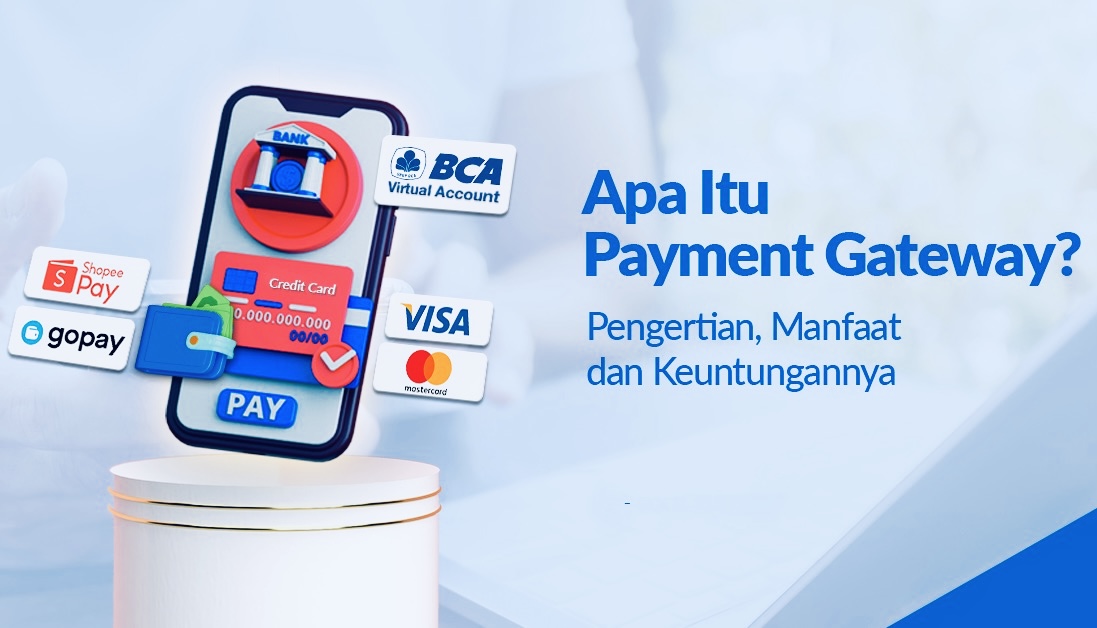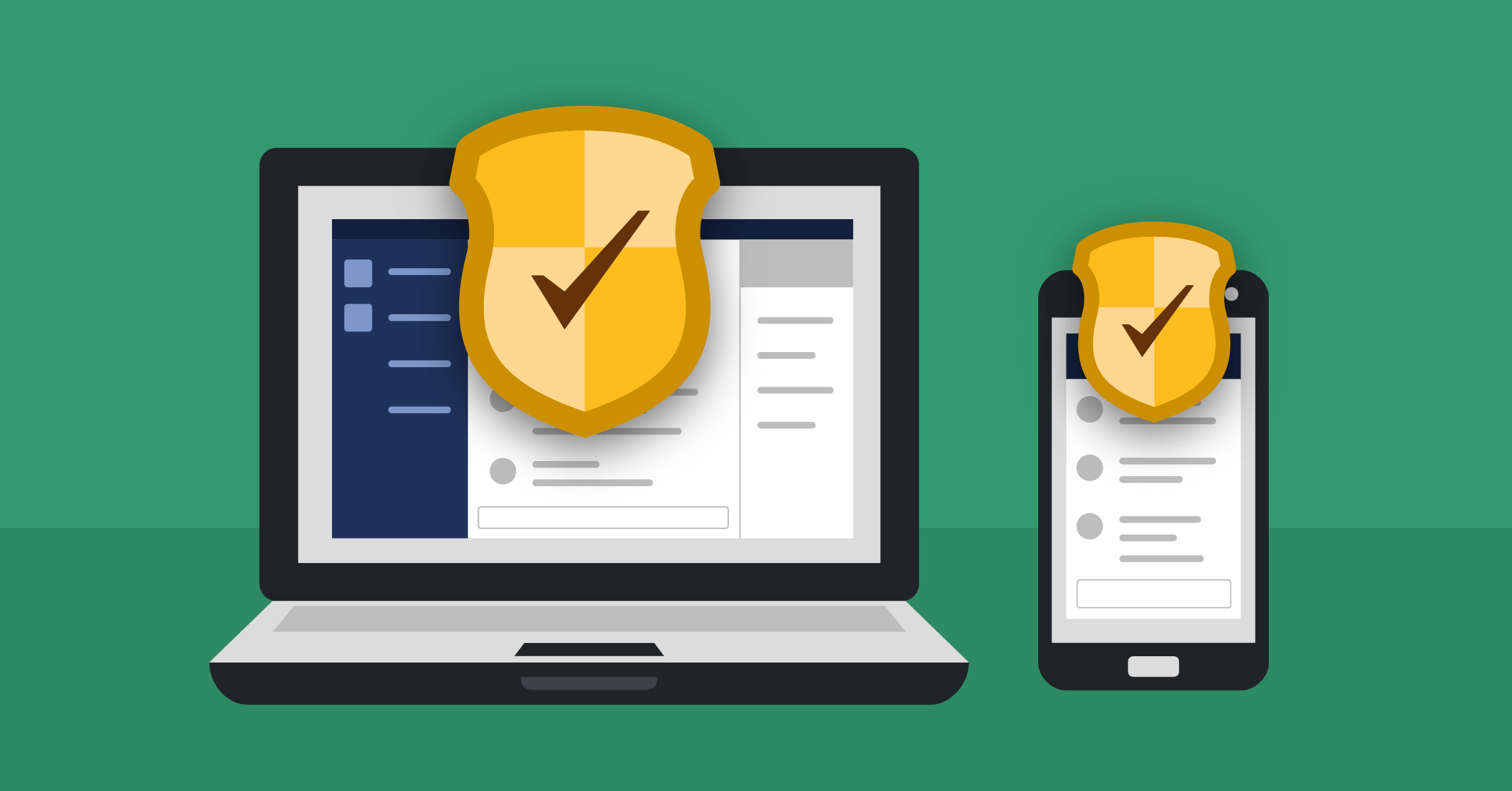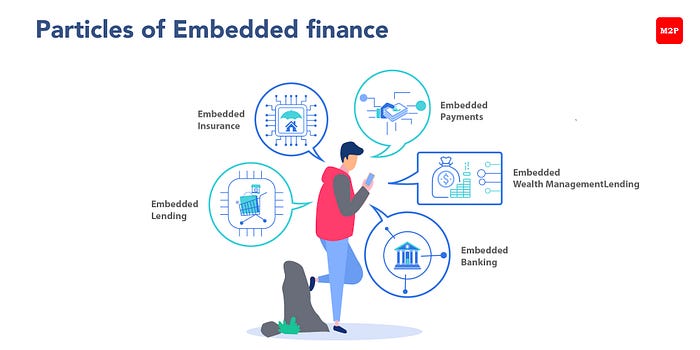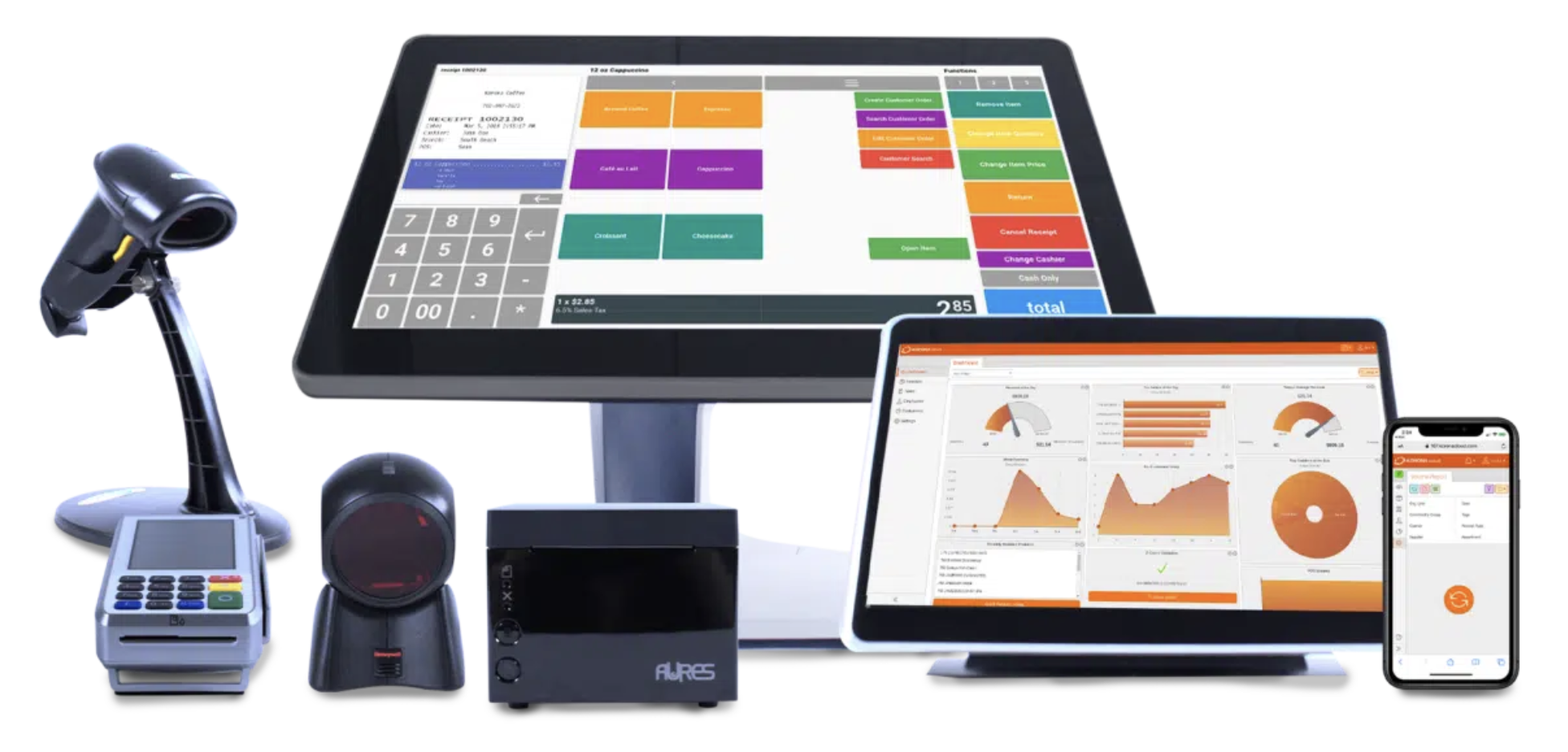Payment Gateway Apps Solutions
A payment gateway works as a middleman between your application (e-commerce website, mobile app) and the payment processor or bank. It securely processes payment information and ensures money is transferred from the customer to your business. Here’s how it works:
Step-by-Step Workflow of a Payment Gateway
1. Customer Initiates Payment
- Enters card details or selects a payment method (e-wallet, bank transfer, QR code).
- This happens via a web checkout form, mobile SDK, or point-of-sale system.
2. Data is Encrypted
- The payment data (e.g. card number, CVV, expiration) is securely encrypted using TLS/SSL.
- The gateway ensures PCI-DSS compliance for security.
3. Payment Gateway Sends to Processor
- The encrypted data is forwarded to the payment processor (e.g. Visa, Mastercard, or a bank).
- For e-wallets or local payments, it routes via API to GoPay, OVO, Dana, etc
4. Authorization Request
- The processor or card network requests authorization from the issuing bank (customers bank).
- The bank checks:
- Is the card valid?
- Is there enough balance or credit limit?
- Is the transaction suspicious?
5. Authorization Response
- The issuing bank replies with:
- Approved
- Declined
- The response goes back to the gateway and then your system (frontend/backend).
6. Transaction Completed or Failed
- If approved, the system confirms the payment to the user
- The transaction is recorded, and the money is reserved.
7. Settlement
- The gateway batches the approved transactions and sends them for settlement (usually once per day).
- Funds are transferred to your merchant account or business bank account, usually in 1–3 business days.
What Developers Actually Implement
When you use a payment gateway like Stripe, Midtrans, or Xendit, you typically:
- Integrate their API or SDK:
- For frontend checkout: JavaScript, iOS, Android SDKs.
- For backend: RESTful APIs (Node.js, PHP, Go, etc.)
- Handle Webhooks:
- Payment status updates (e.g., payment_success, payment_failed) are sent to your server. - Store only tokens (never raw card data):
- Use tokenization to stay PCI compliant.
- Example: Stripe returns a payment_intent_id you can reuse



